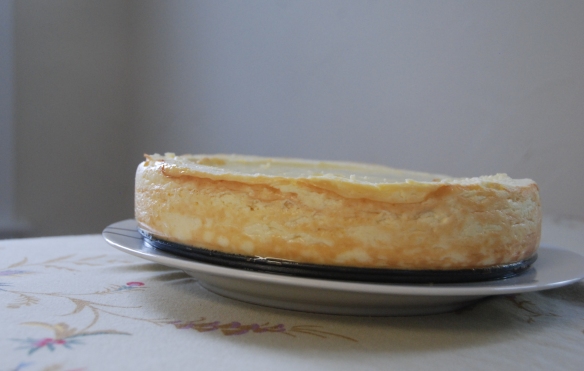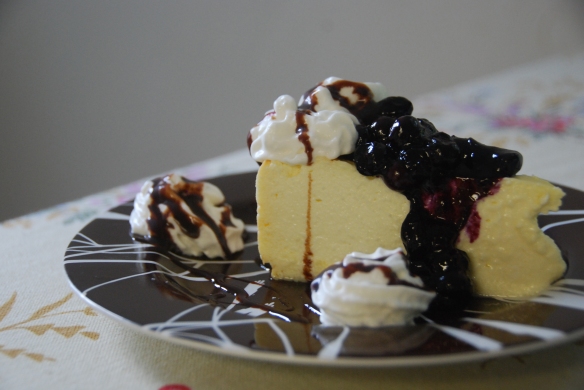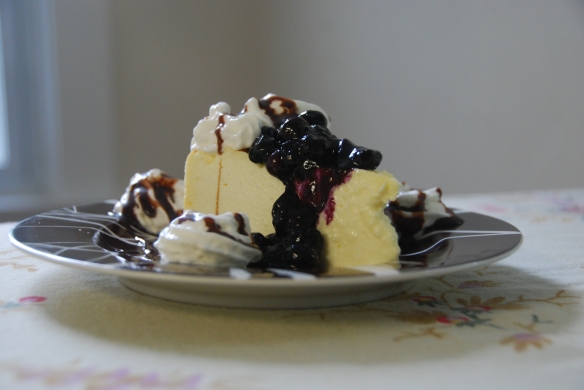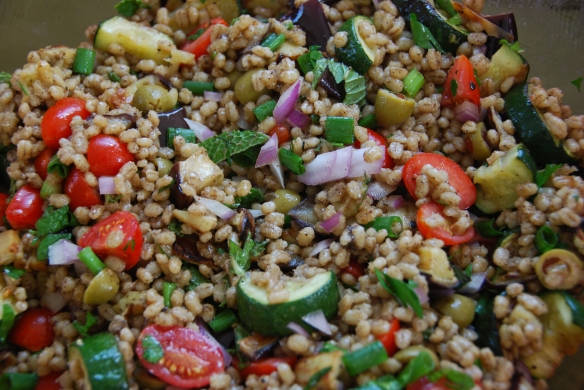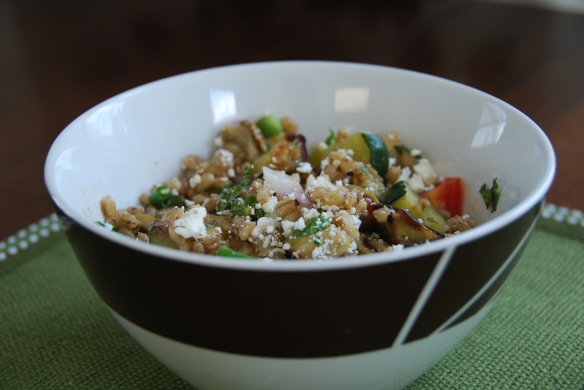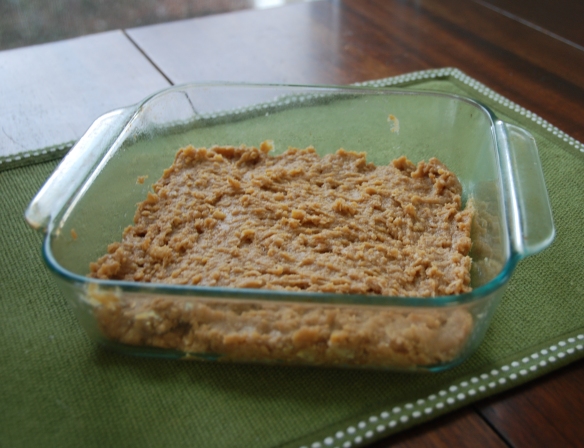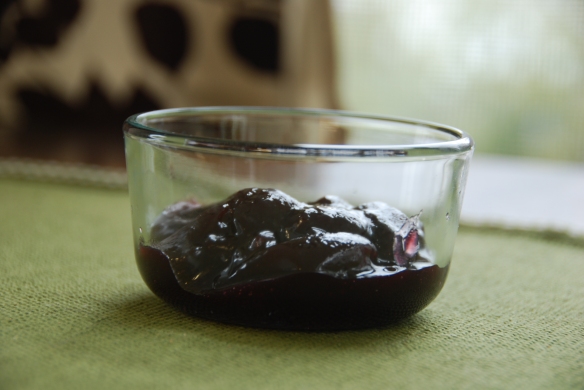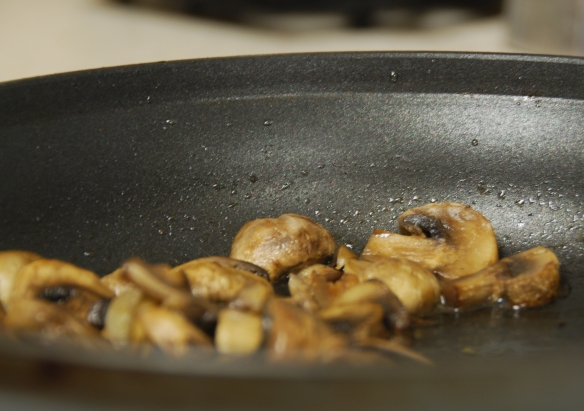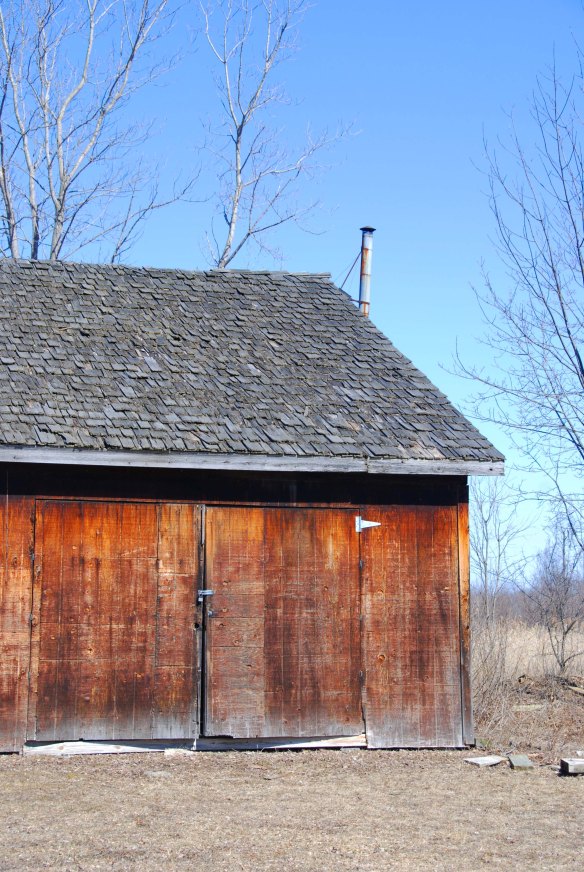On a bright, sunny day in June 2002, I made an oath: I would never run another mile in my life. Ever. Again. Never.
At the time, I was participating in three weeks of torture known as “summer gym” so that I could fulfill my high school P.E. requirement, leaving more time during the school year to take electives. My un-athletic friends and I knew that anyone who showed up with a pulse would receive an A, so we expended as little energy as possible participating in kick ball, tennis, or frisbee golf.
Rollerskating was one of the activities that I didn’t mind, as it did not require teamwork, competition, or the throwing/hitting/kicking of spherical objects. Unfortunately, I still didn’t escape unscathed. I was flirting with my neighbor boy in the cafeteria of the retro roller rink when I lost my balance and fell down–smashing the break of my roller skate into my tail bone.
No permanent damage was done, but the next day my tail bone was sore. That was the day we were scheduled to do the dreaded Mile Run, four arduous laps around the high school track. Grumbling and complaining, my friend and I lined up at the back of our gym group. When our teacher started the timer, we watched the track athletes bound off like gazelles. Meanwhile, I took a few tentative strides and realized that my tail bone hurt with every step. So I decided to rebel and walk The Mile Run. My friend walked with me in solidarity. Fifteen minutes later, we crossed the finish line. My gym teacher had the audacity to role his eyes at me when I explained my rollerskating injury. He gave us a B for the activity, but we still got an A for the course.
And that’s when I made my oath. I was embarrassed by my lack of athletic ability. Even if I had run that mile, I would have still been one of the last students across the finish line. Running made me feel asthmatic and nauseous. I could never compete with those gazelle girls sporting their short shorts and swinging their pony tails.
I now see the value of physical education courses, but years of humiliating gym experiences left me with a feeling of incompetence and a loathing for physical activity.
Several years later, the retro roller rink made the evening news when it burned to the ground. (Arson. I think the owner made a bungled attempt at insurance fraud.) And I broke my oath.
I got into the habit of taking long, rambling walks around my neighborhood. One day, without an awful gym teacher standing by with a stop watch, I decided I wanted to go at a faster pace. I wanted to run. I ran a quarter mile (downhill) to the end of the road and felt like I was going to die. But I kept at it. Eventually I could run two or three miles before my chest felt like it was going to explode.
By the end of the summer, I realized that I liked running.
When I run, I feel like I am flying. Since there is a point in your stride where both feet are off the ground, this isn’t too far from the truth.
As my heart rate increases, I burn off stress as well as calories.
When I run, I escape the distractions of the internet and Facebook. I focus on my breath, soak up some Vitamin D (if I am lucky enough for the sun to be shining in Central New York), and just feel alive.
For a long time, I was a fair-weather runner. If the forecast didn’t predict a temperature between 55 and 75 degrees and sun, then I would probably choose to walk rather than run, go to the gym, or just stay inside. Despite my good intentions of last summer, I stopped running after I started a new job in August, and I never signed up for a 5K.
Then when my friend told me she was running a 5K the weekend we planned to visit her in Boston, I impulsively signed up, too. I had been walking twenty hours a week for my job, so I wasn’t too concerned about training or being in shape for the race. Then I quit my job, was only doing yoga as exercise, and realized that the race day was fast approaching. I had only run once the entire winter, on an unseasonably warm day in January.
So on a frigid day in early March when the temperature was 26 degrees but the windchill was 18 degrees, I laced up my running shoes and set out to run three miles. It was awful. My nose was running, my cheeks felt raw from the wind, and my breath rattled in my chest. I turned back before the halfway point. By the time I got home, I thought I was going to throw up. Or maybe die.
And yet, I also felt good. I didn’t think I could endure such awful weather. But I did. If I could run over two miles in a sub-freezing temperature, then in what other ways could I surprise myself? The truth is, many of the limitations I impose on myself are entirely mental. When I am running and an arctic wind is whipping my face, I don’t feel comfortable or good or happy. But I feel strong and confident. I know that I can conquer any challenge.
On race day, I was not in great shape. I struggled, but I pushed myself, and soaked up the energy of my friend and the other 5,000 runners in the race. I had fun, and I want to run another race again soon.
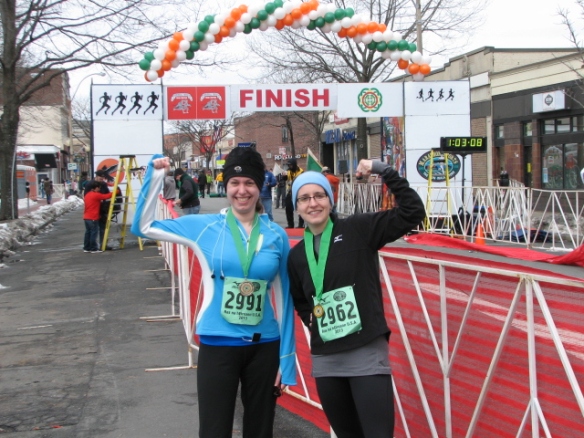
Since the race, I have started to get back on a regular running schedule. My goal is to run five days a week for a total of 25 or 30 miles. I am adding mileage slowly to avoid injury. For now I’m not too concerned about time. I am much more like the tortoise than the hare.
I am immensely thankful that the days are slowly getting warmer and that I can wear fewer layers when I run. But I learned a lot in the past few weeks. Previously, on miserable snowy or rainy days, when I (in my warm, cozy car) spotted runners on the sidewalk, I used the shake my head in wonder. What crazies, I thought. Now I am one of those crazies. Having re-discovered the thrill of running, a little inclement weather isn’t going to stop me from seeking out a runner’s high.
Questions of the Day: How did you feel about gym class as a kid? How do you approach fitness today? Do you run?

